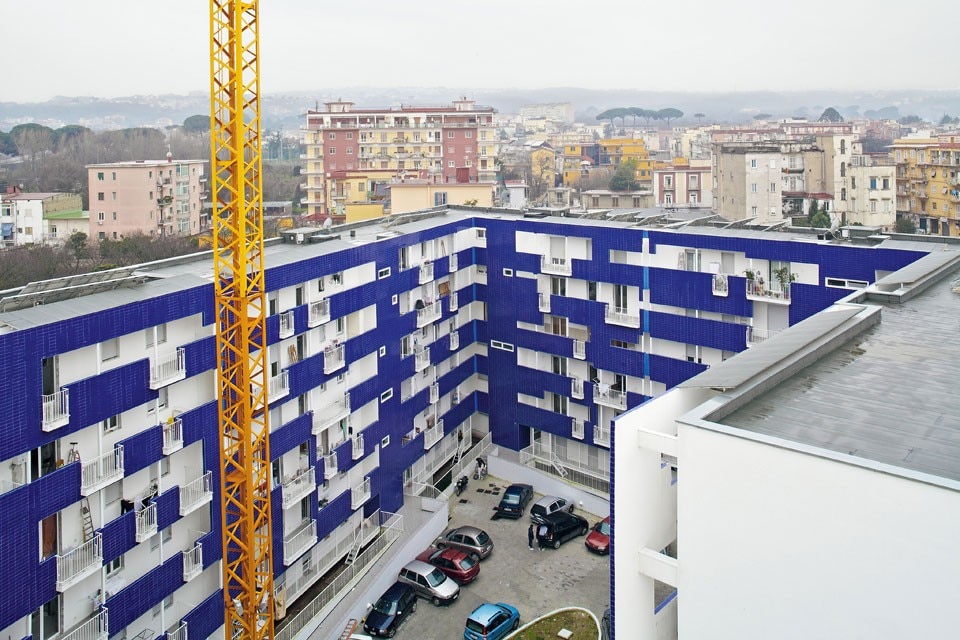Architecture could use some profound thought, directed towards incorporating the temporal dimension into its design phase. Such a radical change won’t come about in one day. It’ll take time. And method. [1]
To introduce the time factor, we’d need to start from the very beginning of the project, with the humbleness and freshness of that first approach, when the thinking is still in terms of plans, facades and sections. Along with a conscientious consideration of materials, in my view this is the core issue that contemporary architecture (in the sense of here and now) needs to resolve if we want architecture to return to being a language instead of resignedly taking on the meagre role of a mass medium devoid of ideology [2] — a constriction that architecture seems to have “endured” with a suspicious amount of enthusiasm, at least until now. Ideology is an old-fashioned and thorny word, but inevitable, because with “language” I mean “political language”, which is precisely the nature of the beast: architecture is a mainly democratic art form. Obviously, such a broad revision process, which includes redefining the role of the architect, cannot come about in one day. It implies tidying up the tremendous accumulation of theories that have been produced in the past few decades, [3] too many of which are empty boxes. They take up space, obstruct lines of sight and impede movement. And they have aged terribly. It’s time to throw them away. Their volume is so great that we face the problem of waste disposal.
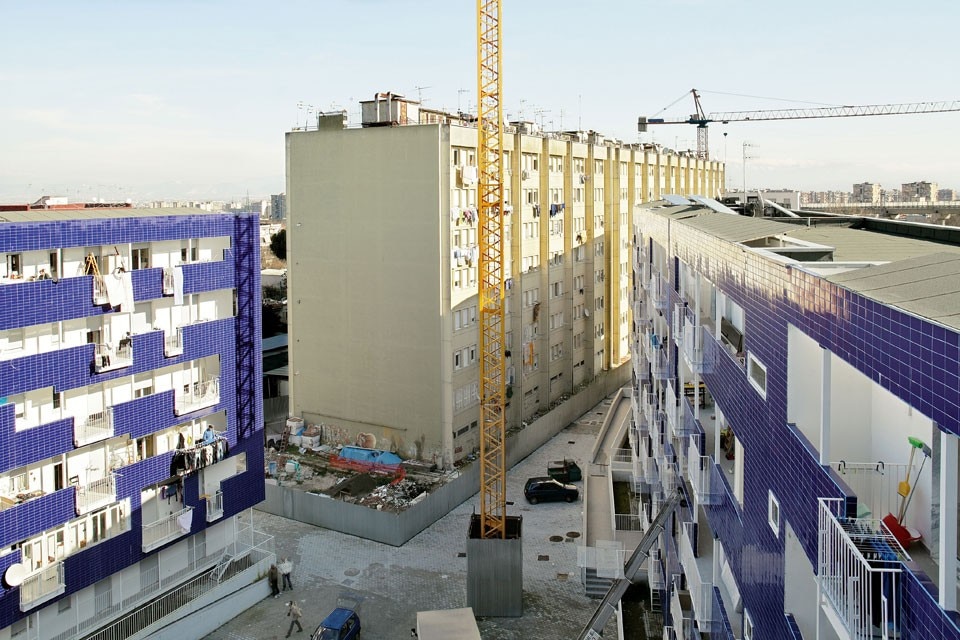
My apologies for letting that last comment find its way onto the page. However, seeing as the object of our architectural analysis is located in Naples, the word “garbage” almost inevitably springs to mind. True, whoever goes to Naples, including myself, can’t help bringing his prejudices with him, and these make him highly sensitive to the issue. Yet a prejudice is still a prejudice, even when it’s well-founded.
It’s like having a speck in your eye: in order to see properly, you have to remove it. “Easier said than done,” I say to myself as I step off the train. Heading towards the exit, I notice a dapper, well-dressed 30-year-old chap walking in front of me. He stops, turns and aims a crumpled piece of paper at a rubbish bin. He gracefully launches the scrunched ball but it bounces off the rim and drops to the ground. With a twinge of miffed disappointment, the man freezes for a moment, then walks away. “Bingo! Welcome to Naples,” I think. Just as I’m exiting the station a few moments later, I’m confronted by an aggregation of taxis. A driver gets out of his cab, takes aim and flings a banana peel towards the organic waste bin, which is just a few feet away from where I have stopped for a smoke. These days, Naples is evidently far better at soccer than at basketball: two out of two shots are misses. The peel flies past its mark and flops to the ground. He goes over, bends down, picks it up, throws it in the bin and climbs back in his taxi. Had this been a screenplay, a story editor would have scrapped this scene for being hackneyed and consigned it to the paper shredder. Fortunately, reality is not a movie, and voilà: the speck has come out. The garbage rite has been performed. Let’s get back to talking about architecture. That’s why we’re here.
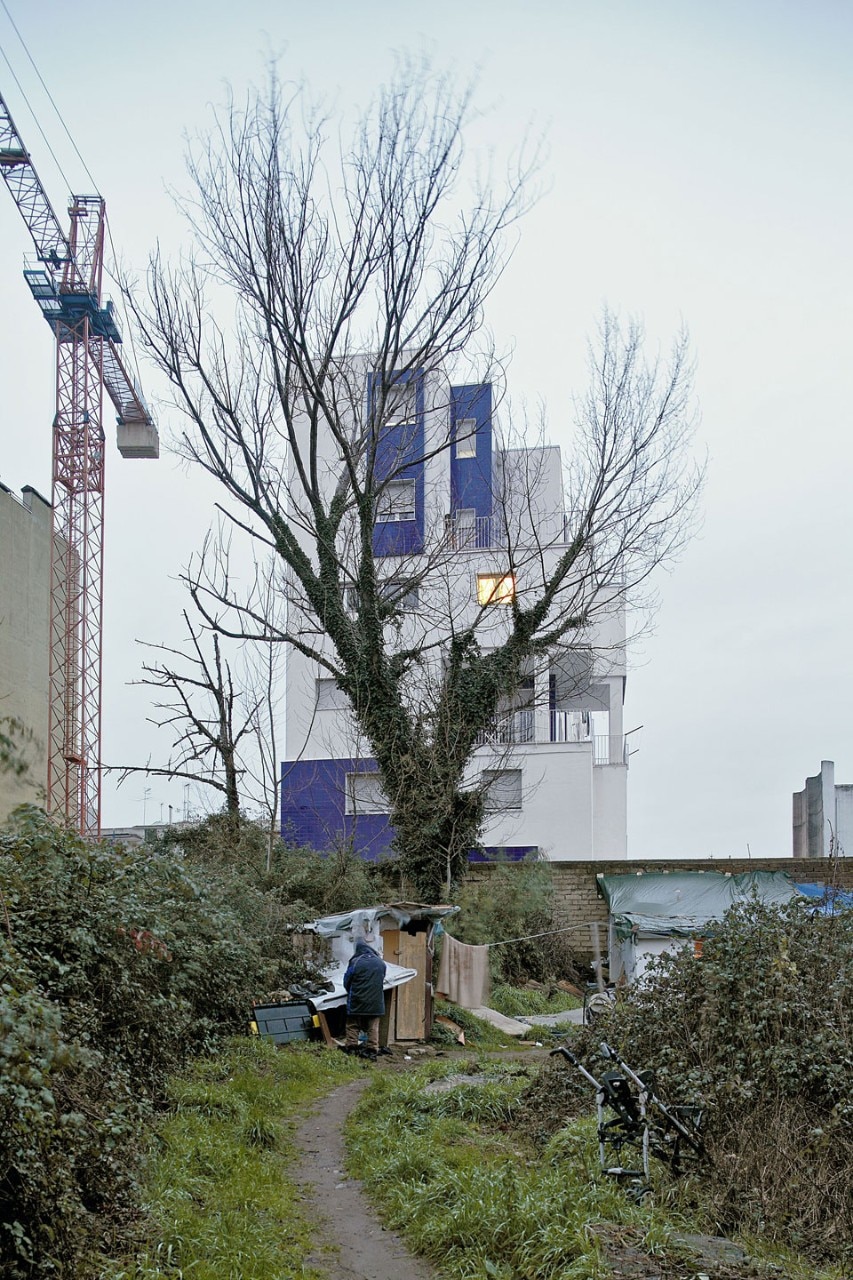
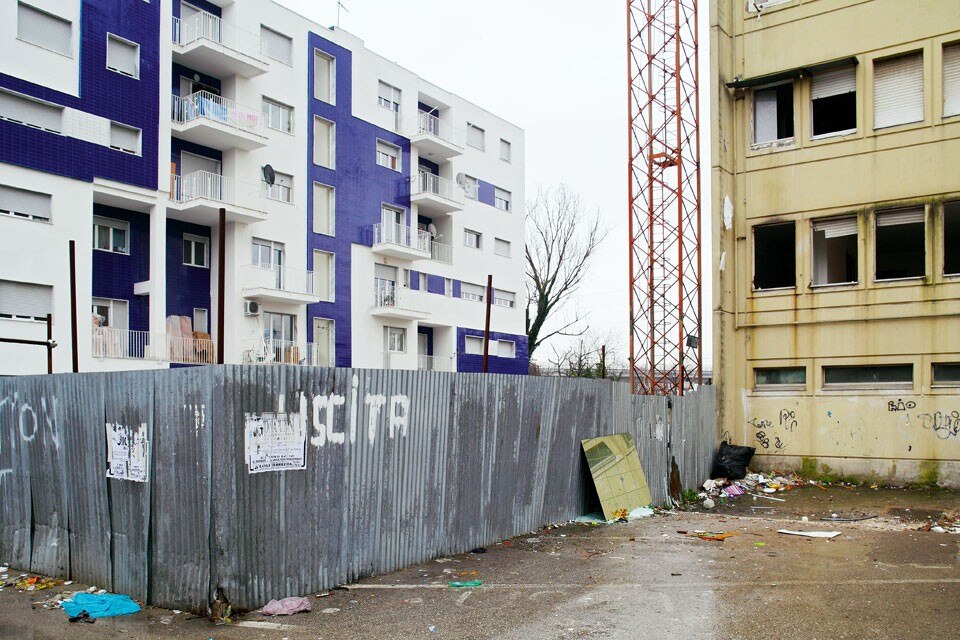
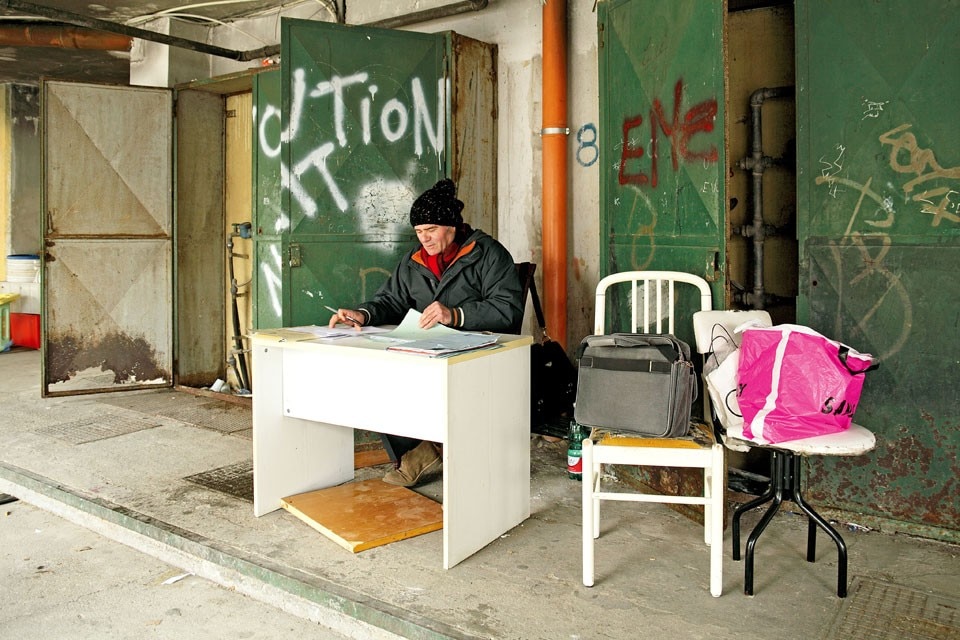
Indeed, his project was conceived not only to accommodate unauthorised modifications, but also to encourage them, he explains. To think of these prospects over time makes them come alive, and puts everyone in a good mood. We then take a quick look at the tenant-owned gardens. They are all very trendy, à la Gilles Clément, so to speak. Walking along the inner side of the Berlin tenement, we reach the block that we saw before in the dramatic angle. Here, our visit takes a dialectic twist. Mistaking us for municipal officers, the inhabitants approached us to expose — in an extremely professional manner, I must say — all their grievances and complaints. Without any ruffled feathers, we clear up the misapprehension. “Ah!” says a lady who had arrived expressly by car from I don’t remember where after having been informed via telephone by her daughter. “So you’re a journalist.” “No, madam, just a writer,” I specify. “Well you should write about what you’ve seen!” “Of course,” I reply. That’s what I always do.
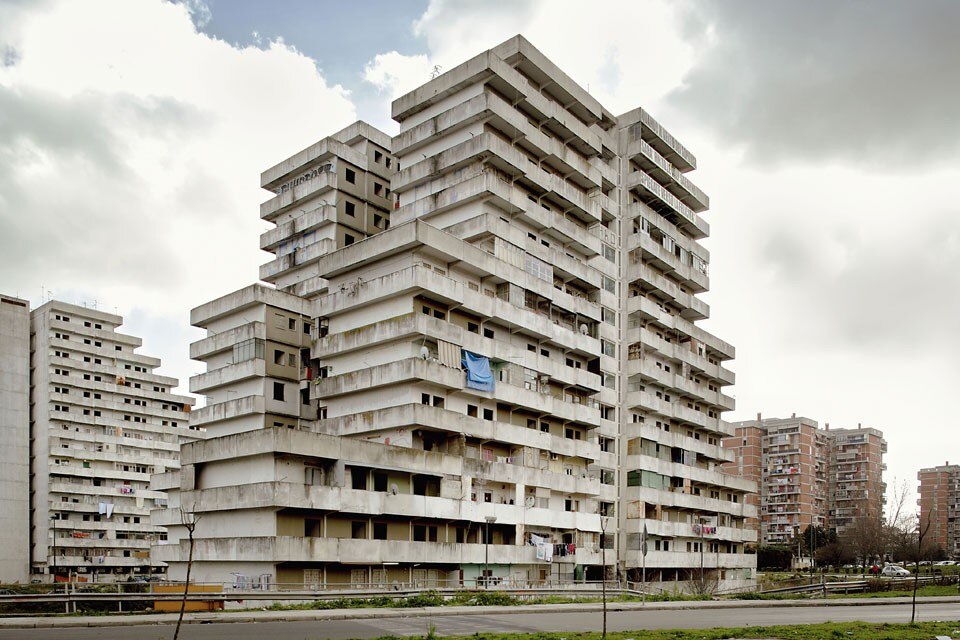
As I take leave of my keyboard, though, it occurs to me that since my visit to Naples it has rained almost every day, and today the sun is shining. But the umbrella conundrum has never been an issue for me anyway, as I don’t carry an umbrella even if it does rain. Vitaliano Trevisan, writer and playwright
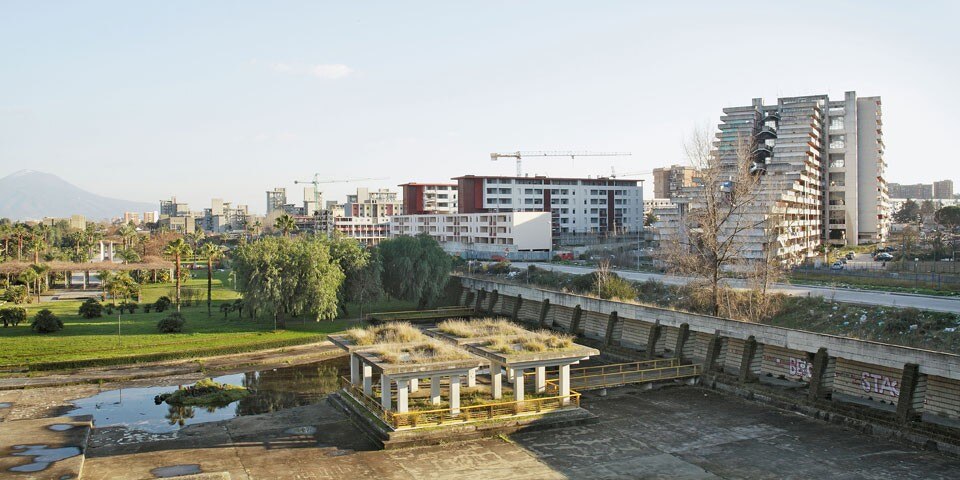
1. Tempo e metodo (“Time and Method”) is an essay commissioned by the Francesco Fabbri Foundation for the Festival Città Imprese 2011, in particular for the discussion “Landscape Impact” and the design workshop “Ownerless Shed”
2. See the essay L’Architecture dans le Boudoir by Manfredo Tafuri, in The Sphere and the Labyrinth, MIT Press, Cambridge 1990
3. See the introduction Parole contro il vuoto (“Words against the Void”) by Marco Biraghi, in Le parole dell’architettura (“The Words of Architecture”), Einaudi, Turin 2009
4. Author’s note: the author refers to the old social housing blocks as “Berlin blocks”. They are made of heavy (German-made) prefabricated elements that were assembled and mounted on site by the Neapolitan architect Ninni Gorini a few years after the 1980 earthquake. They look like a fragment of East Berlin that accidentally got stuck in the ground in a Naples suburb. The substantial difference is that, although they were constructed with materials devised for a
much colder and wetter climate, the dwellings turned out to be damp, mouldy and leaky from day one. An assembly and maintenance problem, methinks. A job well done in Berlin is not the same thing in Naples.


